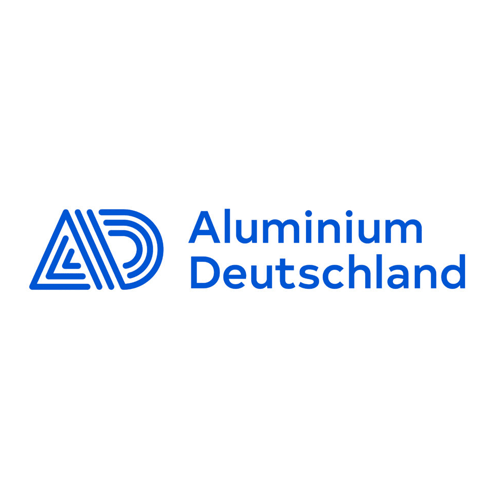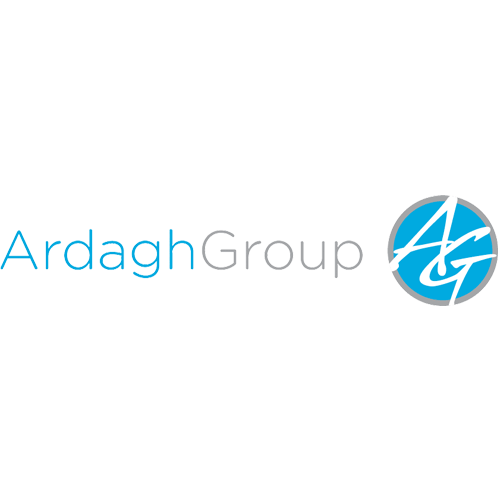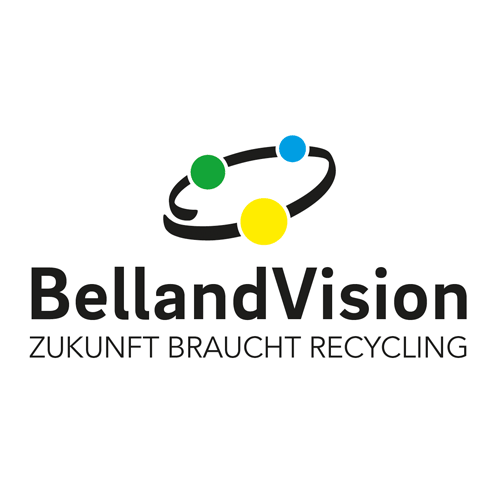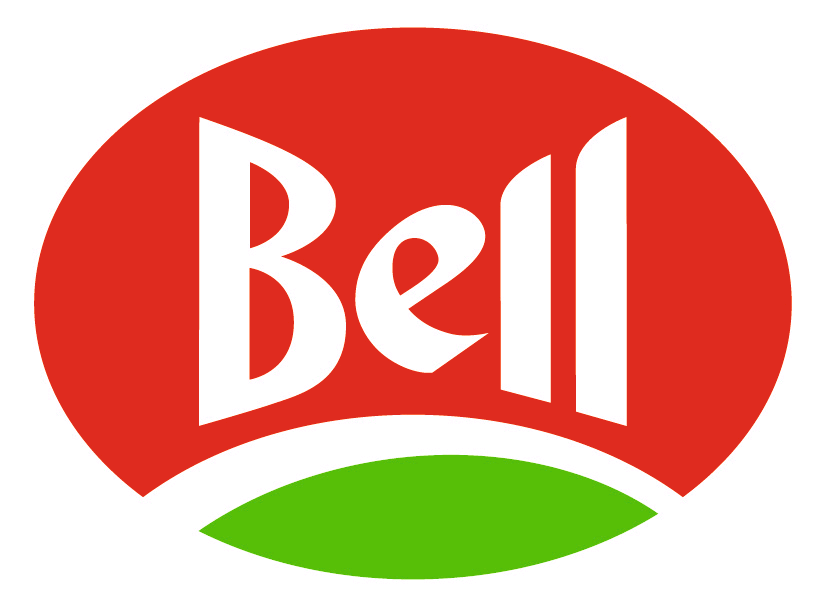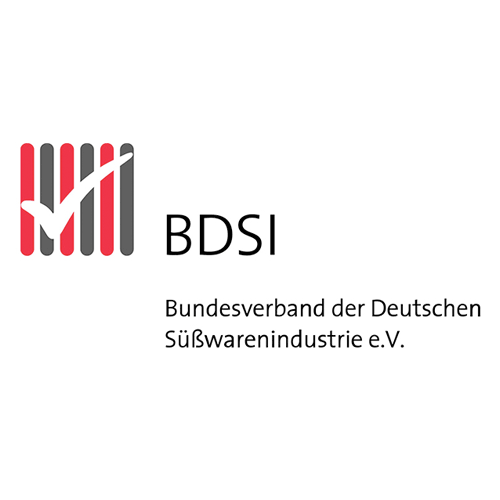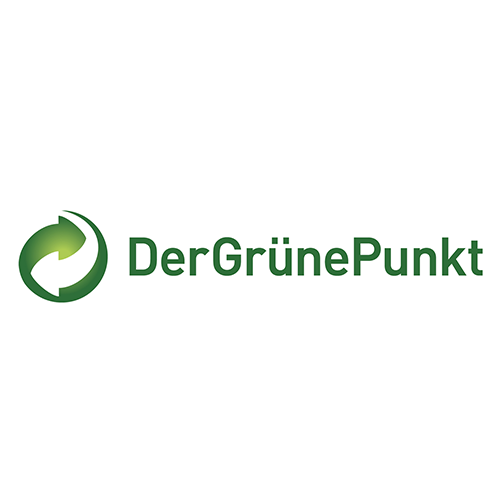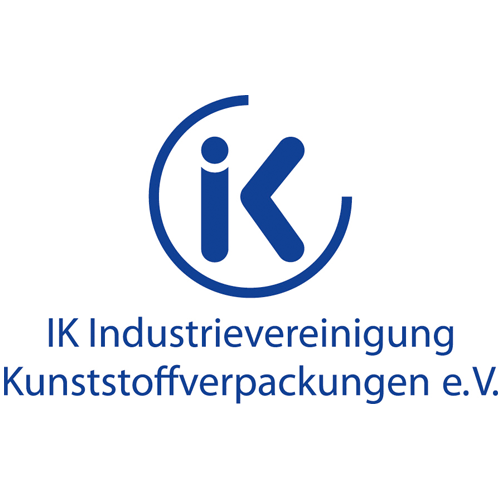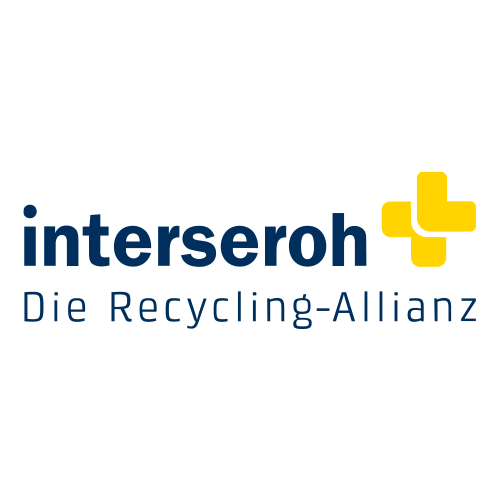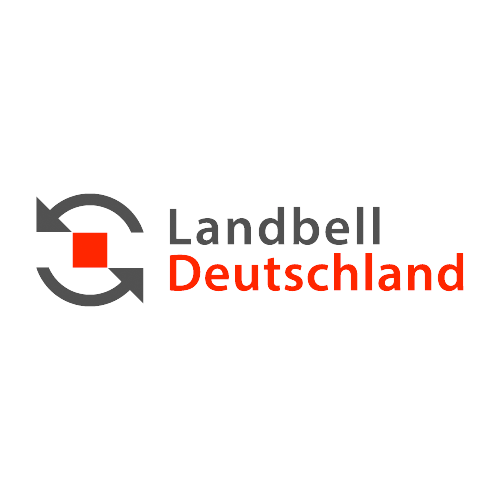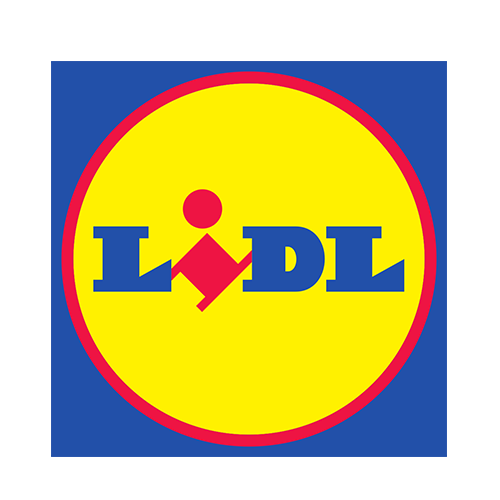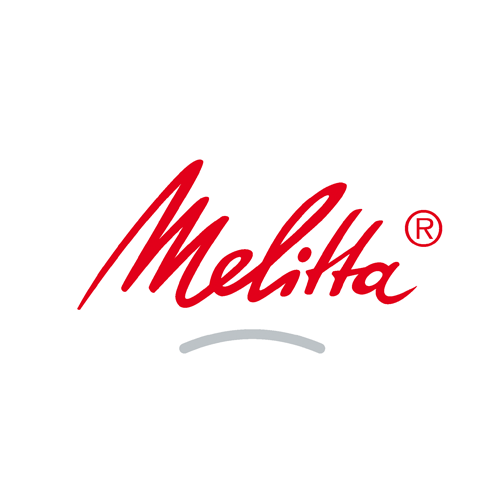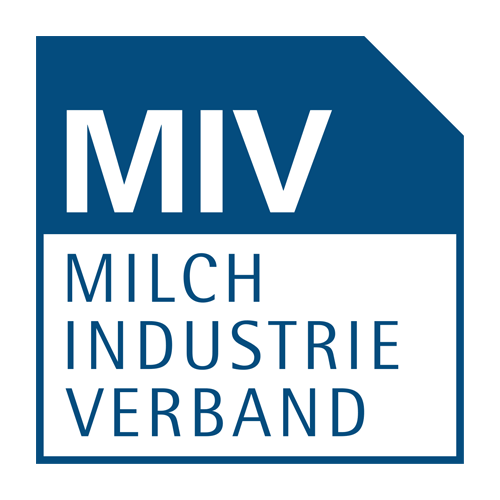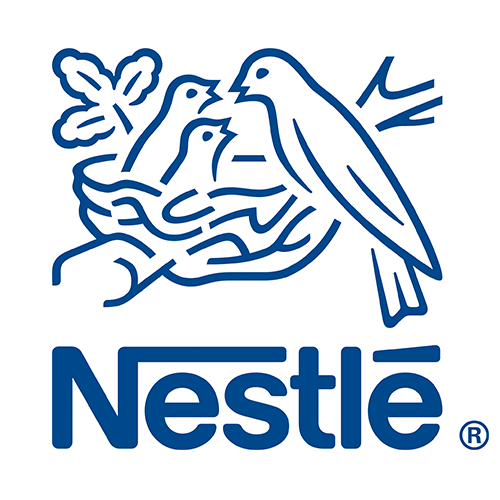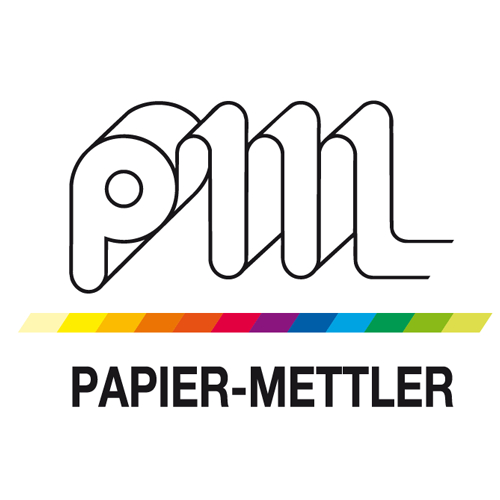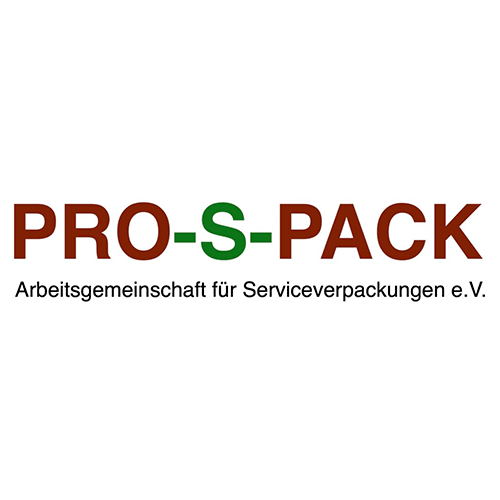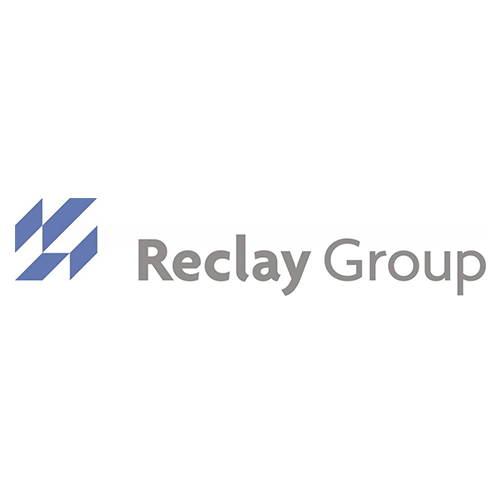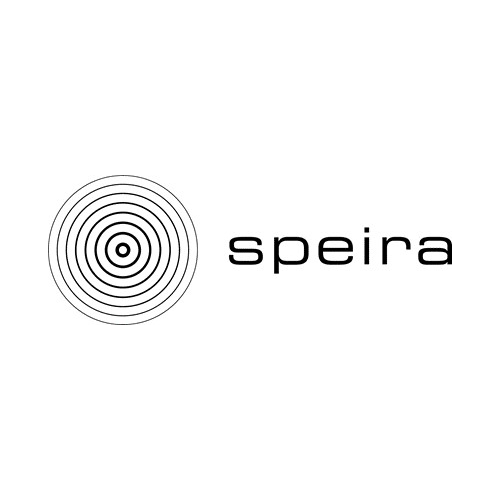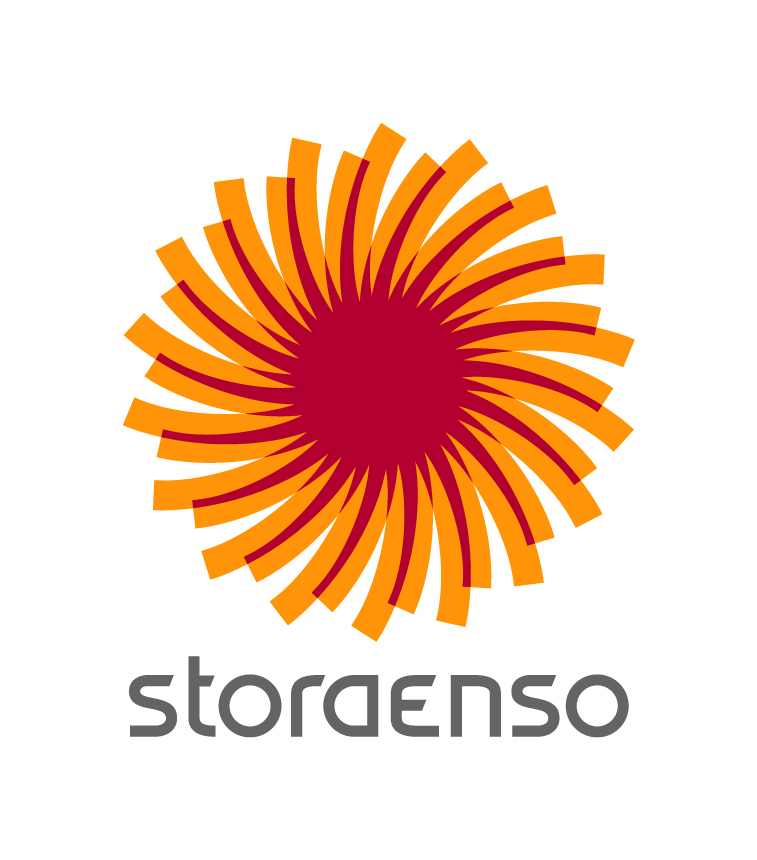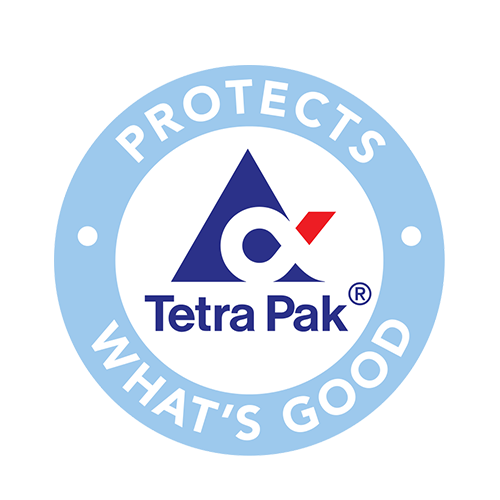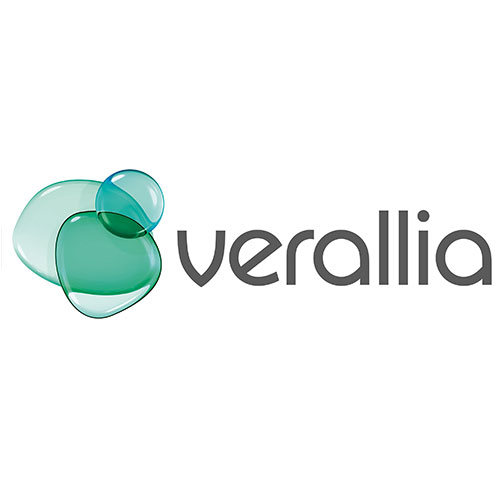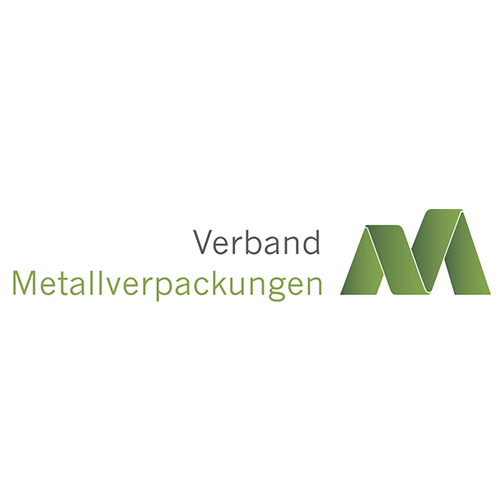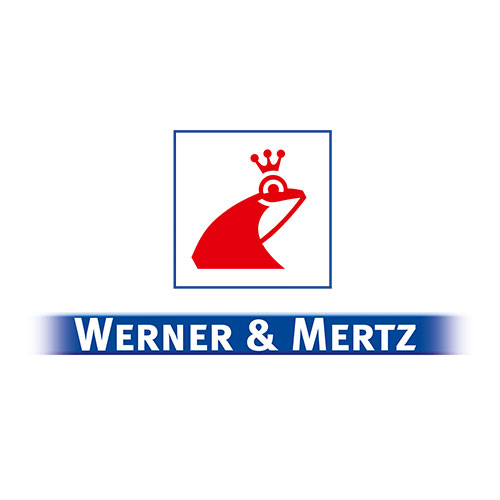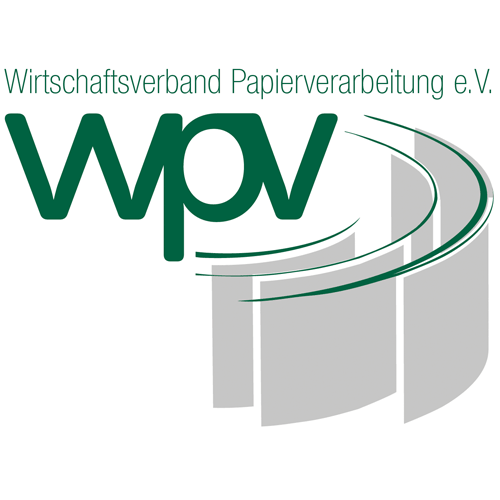Packaging and Sustainability

Polyethylene Terephthalate (PET)
Manner and Scope of the Material’s Use
- Polyethylene terephthalate, known mainly by its short form PET, is a thermoplastic synthetic material, malleable under heat and can be brought into virtually any shape. It belongs to the group of polyester materials. The base material was developed in 1941 in the US.
- Today’s PET is a highly resilient synthetic material and is suitable for packaging, containers, films, textile fibers, and much more. The automotive industry uses high-strength polyester fibers for manufacturing airbags. World production is 40 million tonnes per year. As packaging material PET is used in the form of foil packages, blisters and bottles.
- PET bottles are especially light and make up less than 7 % of the total weight of the product. The associated high transport efficiency helps to limit fuel consumption and CO2 emissions
Material Use During Manufacturing
- The starting products of PET – ethylene glycol and terephthalate compounds – are obtained from crude oil or natural gas. Like other chemical raw materials, however, they may also be produced from plant-based sources.
- A prominent international beverage bottler has launched a PET beverage bottle, whose conventional fossil raw material base has been exchanged to 30 % against renewable, plant-based sources (PlantBottle©).
- The weight reduction of PET disposable beverage bottles also plays an important role in the conservation of resources. Over the past few years bottle weights have been reduced by more than 14 %.
Collection / Sorting / Recycling
- The major share is taken back in the trade as a paid disposable beverage packaging. For single-use deposit bottles, a return rate of 98.5 % is achieved. The rest of the PET is covered nationwide in Germany by the dual system and nearly everywhere in the collection system.
- Using near-infrared technology allows the individual types of synthetic materials in the sorting plants to be separated. Today a sorting accuracy of up to 98 % is achieved.
- With help from the various material-related processes, the used synthetic material packaging can be either remelted directly into new products or processed into regranulate. This grained recycled synthetic material is a cost efficient alternative to new material and high-quality raw material for the synthetic material processing industry.
- Used PET bottles are a valuable raw material. Recycled PET is mainly used for the production of clothing and textiles, with 20 % of the recycled PET used to produce bottles in bottle-to-bottle recycling.
- In 2006, more than 50 % of recycled material was processed into polyester fibers in Europe
Development / Background / Outlook
- The latest development in the field of PET packaging is the production of bottles containing up to 30 % PET from renewable raw materials.
- Furthermore, an increasing number of bottle manufacturers are using recycled material, which has been produced from withdrawn PET bottles. Today a partial recycling percentage of 60 % is already achieved.
UBA Umweltbundesamt (2022): Aufkommen und Verwertung von Verpackungsabfällen in Deutschland im Jahr 2022.


